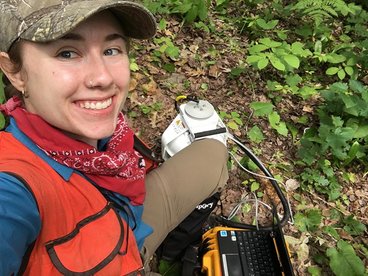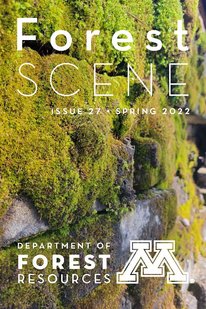These days, technology is ubiquitous. For the most part, it has enhanced nearly all facets of our lives and improved our work productivity. It has also dramatically changed many of the ways in which foresters carry out their work in the field and office. When I first started working as a field forester, technology consisted of black-and-white aerial photos, a stereoscope, and a hand calculator. In contrast, today’s forestry professional employs technology in virtually every aspect of their work. Foresters use GPS for navigation, laser devices to measure distance, and data loggers to collect, manage, and analyze field data.

Our curriculum not only builds the capacity of our students to be outstanding forest resource professionals, it also gives them hands-on experience with the types of technology many of their future employers will be expecting them to be proficient at using. Students in our forestry program take several technology-specific courses such as remote sensing, geographic information systems, global positioning systems, and how to use drones (yes, our department owns several drones). In these courses, students not only develop an understanding of the theory and principles behind these technologies, but they also get hands-on experience using them. Beyond these technology-specific courses, it’s hard to find a forestry course our faculty teach that doesn’t incorporate some aspect of technology into the curriculum.
The Department, with the help of alumni and friends, has made investments to maintain and upgrade the technology we use in our instruction. Inside this issue is a story describing how funds from our department’s Give-to-the-Max day campaign were used to acquire some of the technology we use in the classroom and field. Thanks to your generosity, we are able to train our students on many of the latest technologies they will be using once they enter the forestry profession.
The Forest Scene newsletter is published biannually in the spring and fall, featuring stories and updates from the Department of Forest Resources. Readers can download issue 27 of Forest Scene as an interactive PDF that is fully tagged and compatible with most screen readers, or read the individual stories here in a web-based format.


